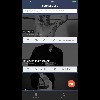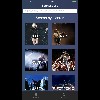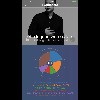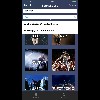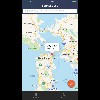About Eventscore iOS App
As self-proclaimed music gurus, we decided that discovering new music is best when heard live. After countless of hours scrambling around and pitching ideas left-to-right, we ended up with Eventscore - A concert discovery tool built based on geolocation and social perception.
Our app curates a list of upcoming concerts given your search query and scores the event based on an algorithm that concatenates various scores from 3rd Party API services (Spotify, Klout, SeatGeek, and etc) as well as social tones from social media sources to one. The application utilizes microservices to serve fetched social tones for each particular event based on a timed job schedule.
Tech Stack: MongoDb, Express, React Native, Node.js
Web Technologies: React Router Flux, Redux, Cheerio, Bluebird, Google Maps, D3.js, CRON
Api: IBM Watson, Shopify, Klout, Songkick

